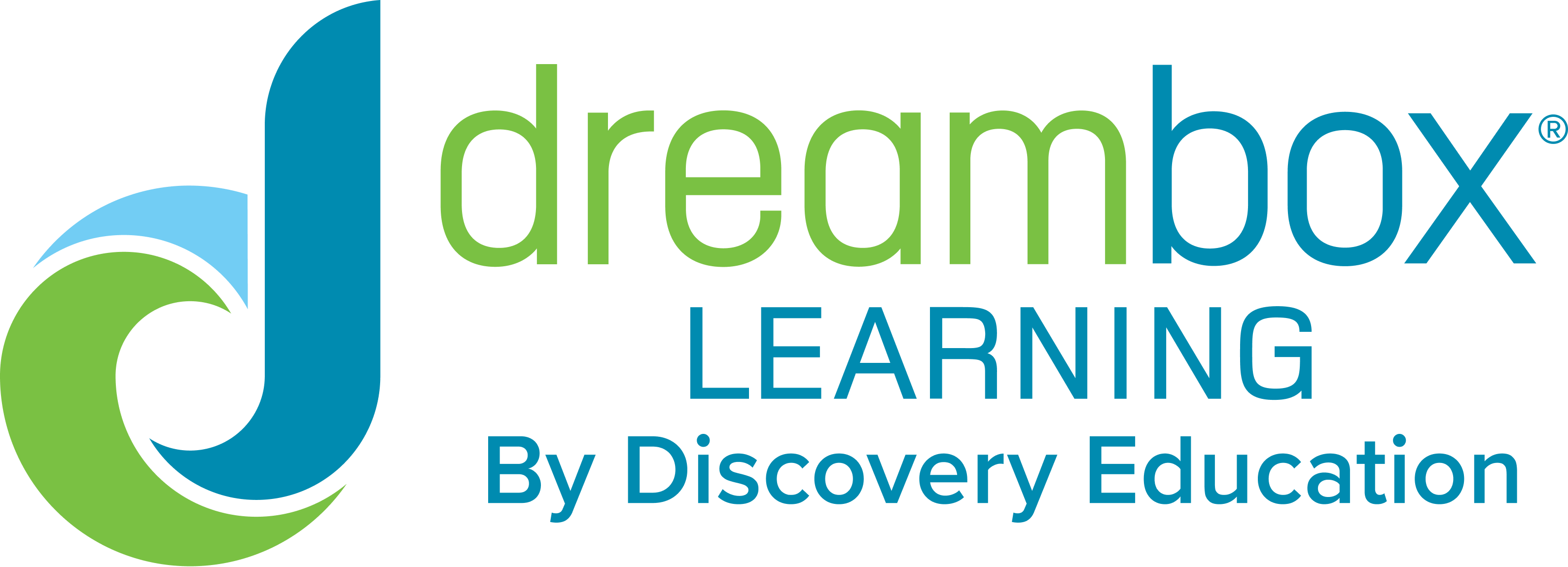Discover Four OST Program Approaches for Math
If your school is like most, your math teachers struggle with too little time and too many students to effectively address individual needs during the school day. The good news is that a decade of research shows that “Outside-of-School Time” (OST) programs can have a substantial impact on math achievement for low-income and minority students, and other students who may need extra time and practice to master skills. This white paper by Dr. Tim Hudson, PhD, Vice President of Learning at DreamBox Learning, provides research, best practices, and four OST strategies that deepen student math proficiency and raise achievement.
…schools cannot do it alone. Children need multiple opportunities to learn and grow—at home, in school, and in the community.

Harvard Family Research Project
What’s new and exciting is how blended learning in the classroom is being integrated with OST activities to close math learning gaps. Online learning builds a bridge of continuity between the classroom and after-school programs. In this white paper, you’ll learn more about four OST math approaches that utilize blended learning:
1. At Home: Personalize Homework
Real-time data is essential in aligning homework with instructional goals, benefiting both students and teachers. Ideally, an online program gives students direct feedback while they are doing homework. Teachers also have access to reports that show how each student is progressing and can use that data to inform their instructional approach during class.
2. Before and After-School Enrichment
Traditionally, before and after school programs have been focused on recreation. While no child wants to extend their classroom day, these programs can play a crucial role in closing the learning gap and opening up lifelong opportunities for children from underserved and underrepresented communities. Learn best practices for how to use blended learning to make before and after school programs more than simply childcare—while still providing plenty of fun.
3. Summer Programs that Sharpen Math Skills
On average, students lose 1.8 months of math skills during the “summer slide.” Due to this correlation between retention and time, it just makes good sense to focus on summer programs that help students sharpen their math skills learned during the school year. Learn how innovative summer school programs are helping to bolster math achievement, and practical ways to use technology to improve OST effectiveness that you can implement in your school.
4. School and Community Partnerships to Improve Math Proficiency
You’ll be inspired by the results of a New Orleans-based “mSchool,” a revolutionary nationwide program in math education that partners with schools and community-based after school programs to turn free space into accredited, math remediation “microSchools.” These innovative learning centers use adaptive technology with a 1:1 blended learning environment to help children who have been identified as profoundly struggling with math. This is more than a classroom, but a community that offers emotional support, builds confidence, and fosters independent learning, opening a world of opportunities for predominantly low-income children in grades 3 to 11.
We’ve used DreamBox with students that have not previously seen success in math. DreamBox is incredibly successful at helping these kids let down their guard—and the compelling gaming element is instrumental in their success.

Elliot Sanchez
In this report, you’ll learn how to building out-of-classroom programs through partnerships between your school and the community to respond to the total picture of academic achievement. Teachers and parents, community leaders and business owners, have great power in creating alliances that go beyond the academic to respond to societal factors, family circumstances, poverty, and health problems. Download now to learn more!

VP of Learning for DreamBox Learning

Tim Hudson










